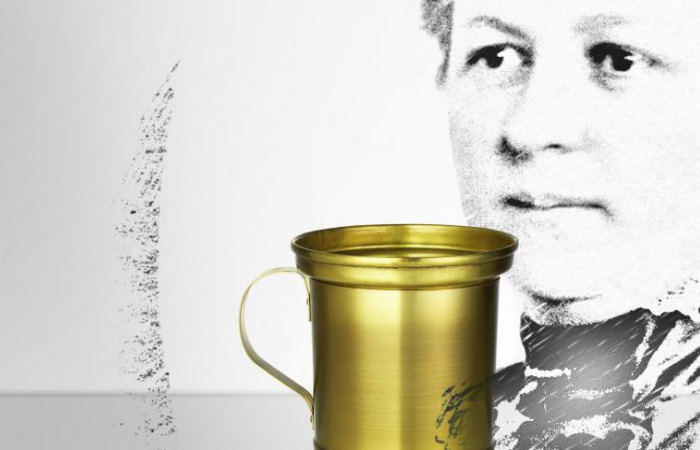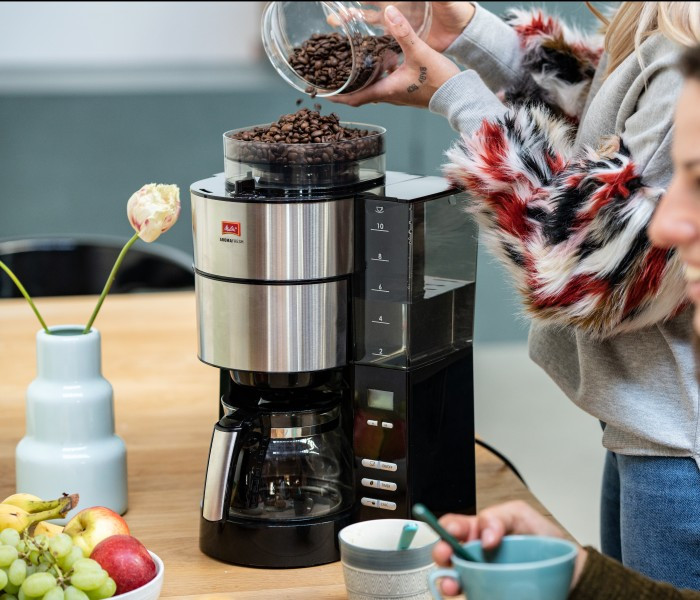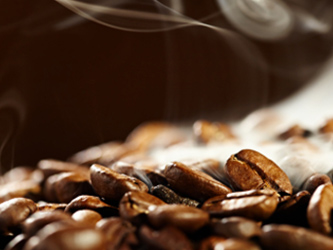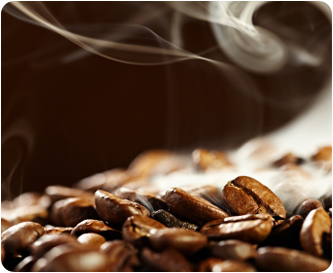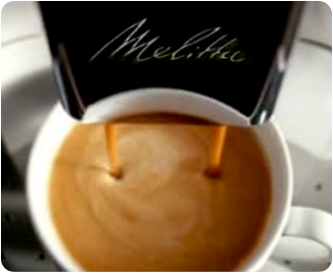As a coffee specialist, Melitta® offers not only a wide variety of coffee machine filters, but also a wide range of coffee filters. A specific coffee filter size is necessary to ensure the best filter enjoyment, the size depends on the coffee machine you use and the number of cups of coffee you want to make. The range of coffee filters includes the Original, Gourmet and Natura product lines. For a very special taste experience, Melitta Gourmet® coffee filters feature innovative Aromaporen PLUS®, which increase the flow of fine coffee oils containing over 800 coffee flavors. Melitta Natura coffee filters focus on sustainability, with 60% fast-growing bamboo used in their construction. Natura and Original coffee filters have Aromazones that ensure the best coffee enjoyment.
Good for your coffee and nature: The filters are made from 40% fast-growing bamboo.
To ensure optimal coffee preparation, the filter paper must be shaped to exactly fit the shape of the filter. This is done by folding the two folded edges. The filter paper is then positioned perfectly flush with the edge of the filter and sits deep into the filter insert. This good fit means that the paper will not fold in on itself during the manufacturing process.
When filtration was in its infancy, there were no coffee machines – in those days, coffee was brewed by hand. To do this, filters and paper size filters 100, 102®, etc. – depending on the number of cups required – they had to have water poured over them several times. It was only possible to estimate how much coffee would eventually end up in the pot. During the 1960s, Melitta invented the “1x filter system”. Depending on the size selected, only “1x” amount of water is poured over the coffee with these new filters and filter papers (i.e. 1×2 paper filter poured over 1x = 2 cups of coffee, 1×4® paper filter pours over 1x = 4 cups etc.) and offered the right number of cups – a boon for coffee lovers For a long time, both the 100x and 1x series existed side by side, given that households still had filters for both types. Today, almost all machines use “1×4®” filter papers because they offer the perfect size for the amount of water and coffee required in the mainstream 8-10 cup range of machines.
In total, there are seven different sizes of filter paper available in stores. The various sizes have evolved over time for various reasons (see: “What exactly does “1×4®” mean when it comes to filter paper?”). Indications for the correct size of filter paper can be found in the operating instructions of your coffee machine or on the filter itself. The correct size is particularly important, because otherwise there is a risk of the filter tearing or folding.



